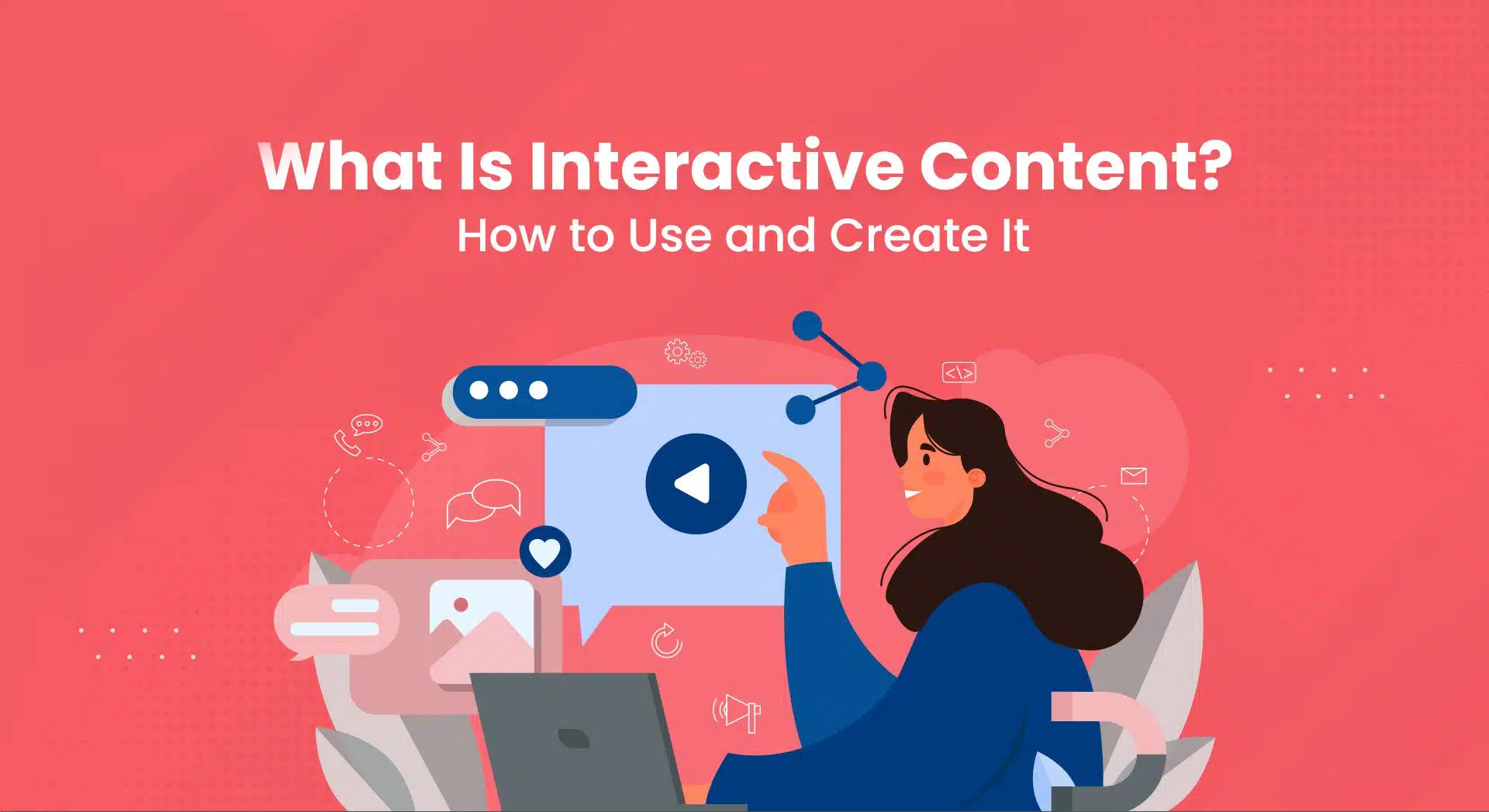Dynamic Content: Tactics and Examples (Part 2)
Welcome to Part 2 of our dynamic content blog series! In this section, we’ll explore top strategies for leveraging dynamic content, supported by practical examples. Learn how to maximize dynamic content to captivate users, increase conversions, and improve their overall experience.
7 Tactics and Examples of Dynamic Content:
Dynamic content is a powerful tool for engaging your audience by providing personalized and relevant experiences. Here are 7 effective tactics along with real-world examples:
- Personalized Recommendations: Use algorithms to analyze user behavior and preferences, providing personalized content recommendations.
Example: Netflix’s homepage curates movie and TV show suggestions based on a user’s viewing history, enhancing user engagement and satisfaction.
- Dynamic Email Content: Implement dynamic elements in emails, such as personalized greetings or product recommendations based on past purchases. This ensures that each recipient receives relevant and personalized messages.
Example: Amazon sends emails featuring products related to what a user has previously viewed or bought, making the emails more relevant and increasing the likelihood of a purchase.
- Interactive Quizzes and Surveys: Interactive quizzes and surveys are powerful dynamic content tools that engage users by providing personalized results based on their inputs. They not only capture user interest but also offer valuable insights into preferences and behaviors.
Example: BuzzFeed’s personality quizzes adjust questions and results based on the user’s answers, offering a personalized and engaging experience that encourages sharing.
- Real-Time Social Media Feeds: Integrating real-time social media feeds into your website or app keeps content fresh and engaging by displaying up-to-the-minute updates and interactions. This tactic not only enhances user experience but also encourages more frequent visits and interactions.
Example: Event websites like those for major conferences display real-time Twitter feeds with hashtags related to the event, keeping attendees informed and engaged.
- Geo-Targeted Content: Use geolocation data to provide content that is relevant to a user’s current location.
Example: Weather websites like Weather.com offer localized weather updates and alerts, providing users with highly relevant and timely information.
- User-Generated Content: Motivate your audience to produce and share their own content, which you can then display dynamically on your platforms.
Example: Instagram leverages hashtags and user mentions to gather content from users, incorporating it into brand campaigns. This approach highlights authentic customer experiences and builds a strong community.
- Dynamic Landing Pages: Creating landing pages that change based on user data such as demographics or past interactions can improve conversion rates.
HubSpot uses dynamic landing pages that adapt content based on the visitor’s industry, role, or previous interactions.
Integrating dynamic content into your digital strategy can greatly boost user engagement and satisfaction. By using personalized and interactive features, businesses can create customized experiences that connect with their audience, leading to increased conversions and better customer loyalty.
Get in touch with Sphere Media Technologies to learn more about dynamic content!


